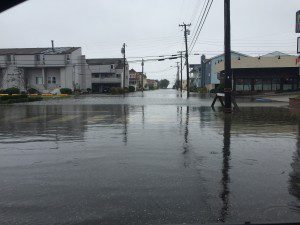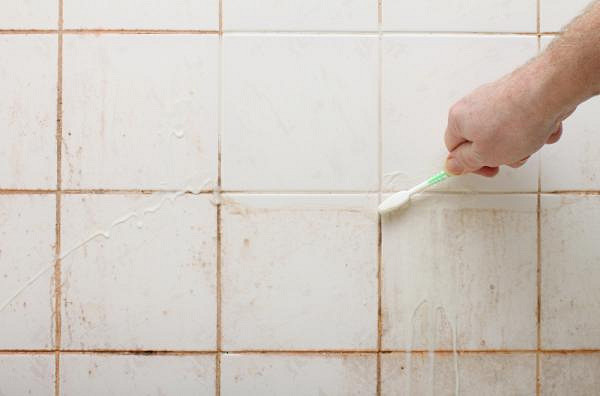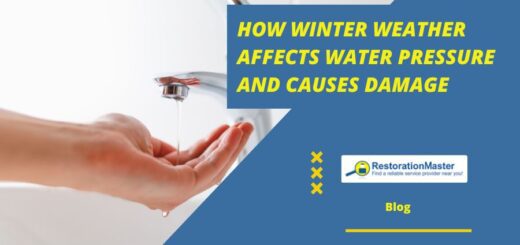What Causes Natural Flooding?
Many people in the United States live in coastal areas or regions with high precipitation that experience natural floodingFlooding is the overflow or accumulation of water in areas t... More often. Residents of these flood prone areas generally know when to expect floodingFlooding is the overflow or accumulation of water in areas t... More and what to do to protect their homes from its effects. People that do not live in flood prone areas must understand that natural floodingFlooding is the overflow or accumulation of water in areas t... More can happen literally anywhere in the United States. While the risk of floodingFlooding is the overflow or accumulation of water in areas t... More is much lower in certain areas, the right combination of causes and conditions can still leadLead is a heavy metal that can be toxic to humans, especiall... More to serious floodingFlooding is the overflow or accumulation of water in areas t... More that can result in property damage. It is important to know how natural floods occur as well as the most common causes of floodingFlooding is the overflow or accumulation of water in areas t... More so you can protect yourself and your property.
How Floods Form

There are several potential weather-related and man-made causes of significant floodingFlooding is the overflow or accumulation of water in areas t... More
Most natural floods form when the ground becomes too saturated to absorb excess water quickly enough. Once the soil has absorbed as much of the flood water as it can, the water starts to accumulate on the surface and spread out into new areas. This may also occur if the soil is too dry and hardened to absorb water. The flood water becomes much more dangerous as it begins to pick up power and speed. Moving flood water has the power to pick up debris and seriously damage anything in its path. It only takes 6 inches of flood water to take down a person and your car can get taken away in just one foot of water. As the floodingFlooding is the overflow or accumulation of water in areas t... More gets worse, it can potentially take down power lines, damage homes and buildings, and even result in death.
The condition of the soil is a good indicator of your risk of floodingFlooding is the overflow or accumulation of water in areas t... More. If the ground in your area is extremely wet or dry and you expect a storm or heavy rain, you must prepare for the possibility of a flood.
Common Causes of Flooding
There are several potential weather-related and man-made causes of significant floodingFlooding is the overflow or accumulation of water in areas t... More. The most common causes include the following:
- Broken Levees and Dams: Dams and levees are built to protect the most flood prone areas of the U.S. When they become damaged or overloaded, disastrous floodingFlooding is the overflow or accumulation of water in areas t... More occurs because the water that was contained will rush into the surrounding areas at dangerous speeds. Levees and dams can become worn out or damaged over time which puts the area at a much higher risk of floodingFlooding is the overflow or accumulation of water in areas t... More. Broken levees caused much of the floodingFlooding is the overflow or accumulation of water in areas t... More in New Orleans from Hurricane Katrina.
- New Construction and Land Development: New construction and land development on previously unused land affects the natural drainage of the area. With more land devoted to construction for new homes and buildings, there is less natural land to absorb excess water. This makes newly developed areas prone to floodingFlooding is the overflow or accumulation of water in areas t... More.
- Hurricanes and Tropical Storms: Severe weather conditions and storms are common causes of floodingFlooding is the overflow or accumulation of water in areas t... More. Hurricanes bring an excessive amount of rain in a very short period of time and the powerful winds can cause huge waves to crash ashore. This amount of water is too much for drainage systems to handle which leads to very serious floodingFlooding is the overflow or accumulation of water in areas t... More.
- Heavy Rain: It doesn’t take a severe tropical storm to cause floodingFlooding is the overflow or accumulation of water in areas t... More, excessive rain is enough to cause floods in the right conditions. Enough rain can oversaturate the soil, cause rivers and creeks to rise, and cause storm drains to backup. Every area of the U.S. experiences heavy rain from time to time which means that there is potential for floodingFlooding is the overflow or accumulation of water in areas t... More anywhere.
- Melting Snow: Any area that has experienced a significant amount of snow is at risk for floodingFlooding is the overflow or accumulation of water in areas t... More when the snow melts. Snow and ice melts quickly when the temperatures get warm enough and the ground may be too oversaturated or frozen to absorb it. The runoffRunoff is water from rain or other sources that flows over s... More can accumulate to cause floodingFlooding is the overflow or accumulation of water in areas t... More in residential areas and find its way into natural bodies of water like rivers and creeks.
By knowing and understanding the common causes and conditions that leadLead is a heavy metal that can be toxic to humans, especiall... More to floodingFlooding is the overflow or accumulation of water in areas t... More, you can assess your risk and react accordingly. If your home or building experiences indoor floodingFlooding is the overflow or accumulation of water in areas t... More or flood damage, contact a professional right away for water damage restoration. These professionals have state-of-the-art extraction equipment to remove flood water and they can also restore your home or building to its original condition.












